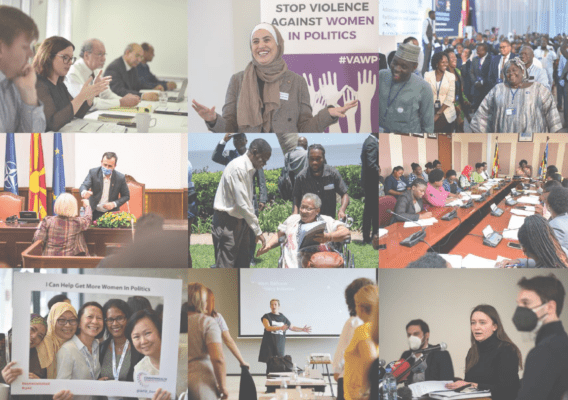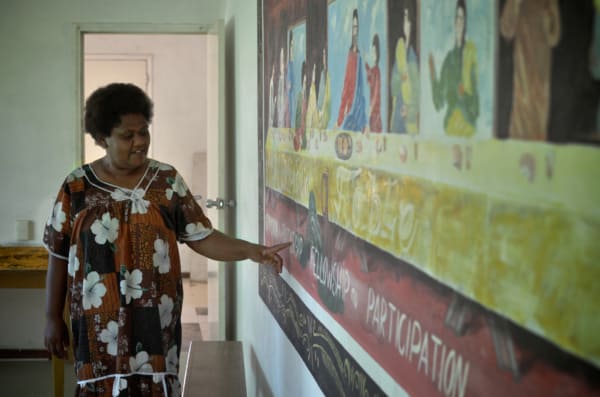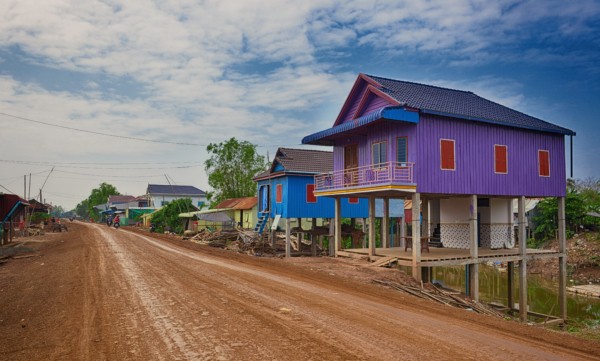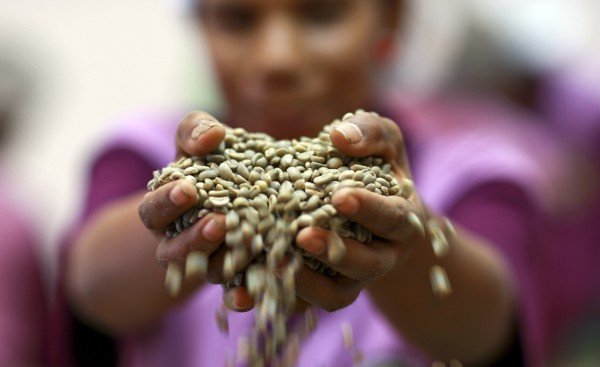Many development interventions try to support developmental leadership, whether it’s empowering local leaders to find solutions to complex problems, facilitating the emergence of inclusive institutions, or supporting ‘the strategic, collective and political process of making good change happen’. Yet we also know that many interventions not only fail to support developmental leadership, but actively undermine it. Aid can enrich non-developmental elites or cement the position of autocratic rulers. Individual interventions can undermine local leaders by bypassing them. Discourses of development can delegitimise local actors and legitimise international ones.
Although development agencies understand the potential for aid to have these positive or negative consequences, they seldom attempt to track them in detail. Interventions which are designed to bolster democratic institutions or promote reforms do report on how far they are achieving these aims. But in practice, all interventions can have effects on power relations in aid recipient societies, whether they are designed to build infrastructure, vaccinate children, or provide humanitarian aid. It’s rare for agencies to assess these effects unless they are an explicit part of the intervention’s objectives. Even in research, although there are many studies on the political effects of aid, there are much fewer which track these in detail for individual interventions.
So how can we know the kinds of consequences that development interventions are having on power relations? My research sets out a framework by which we can track these effects and uses this to explore how a rural development intervention impacted on power relations in a single district of Ethiopia. The framework emphasises the wide range of different and complex effects interventions can have on power relations. It considers four aspects of how interventions intertwine with power relations at the local level:
- Resource distribution: who accessed the intervention’s resources? Were resources captured by the state and elites, or did more marginalised people also have opportunities to access them?
- Social status: whose social status was improved by the intervention? Again, were these elites or more marginalised people?
- Political ideas: how did the intervention shape or influence ideas about politics or the state? Who benefited from these changes to ideas?
- Afterlife: what happened to all of the above after the end of the intervention? Which effects continued and which stopped?
My research tracks how all four aspects played out in the Merhabete Integrated Rural Development Project (MIRDP), implemented by the German-Austrian-Swiss NGO Menschen für Menschen in Merhabete district of Amhara region in Ethiopia between 1988 and 2009. I carried out an ethnographic history of the project, spending time talking to people who were involved with it as model farmers, security guards, cleaners, government officials or residents of project areas.
The research reveals that interventions can have complex effects on power relations. For example, the resource distribution practices of the MIRDP tended to bolster the state and elites while its effects on political ideas rather undermined it:
- The intervention built a huge wealth of infrastructure and transferred it to the state. ‘Model farmers’ who were provided with seeds and animals tended to be the better off and better-connected farmers in the area. Also the process of selecting trainees was significantly influenced by local officials. This all suggests that the MIRDP entrenched existing hierarchies.
- However, the intervention’s effects on political ideas complicate this picture. The MIRDP was so effective in building infrastructure that it acquired a reputation locally of being a better mengist (Amharic for government or state) than the state itself. At the contested 2005 elections, I was told, some people wanted to vote for Karlheinz Böhm, the NGO’s head, saying ‘mengistaccin Karl naw’ (‘our government is Karl’). So here, the legitimacy of the state was rather undermined than bolstered.
Another interesting finding concerned the afterlife of the intervention. Although many development agencies believe that their interventions’ effects are best understood in the long term, the effects of the MIRDP on power relations were strongest during implementation. It was at this time that it dispensed resources, employed people and engaged in constructing and modifying discourses. When the intervention closed, the flow of resources stopped, many people lost jobs, and the authority of the state was once again less threatened by the presence of an alternative mengist.
So what are the implications of this research? I would emphasise two points. Firstly, the research reminds us that all development interventions cannot avoid having political consequences. Menschen für Menschen explicitly characterised itself as a ‘non-political’ organisation and yet, simply by distributing resources to certain people and not to others, and by bringing in and modifying discourses, it had effects on power relations at the local level. The effects of interventions which set out to have political consequences – implicitly or explicitly – are likely to be even more significant.
Secondly, if the intention is for interventions to support developmental leadership, aid agencies need to do much more to track the kinds of effects on power relations that their interventions are having in practice. The framework above can help agencies and researchers to do this. It can be used in the design phase to anticipate which individuals and groups might be strengthened, and in monitoring, evaluation and research to assess who has in practice received the most support – whether in terms of resources, social status or political ideas.
In recent years, there has been an increasing realisation in development agencies that, despite the longstanding insistence that aid is technical and not political, in fact development is an inherently political process. Admitting that not only is development political, but that all development interventions cannot avoid having political consequences, takes our discomfort up to a new level. But given that this is the reality we face, it surely makes sense to think through interventions’ political consequences rather than to ignore them.










